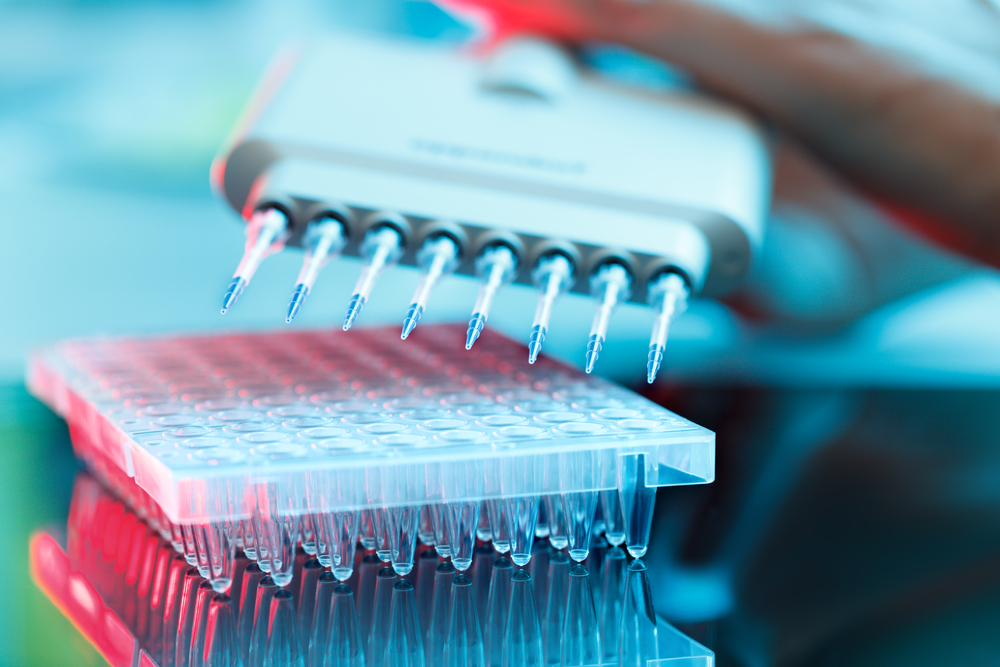High Levels of Protein Found in Bones and Gut May Link AS and IBD

Elevated levels of a protein produced in both bones and the gut, known as lipocalin 2 (LCN2), could explain the overlap between ankylosing spondylitis (AS) and inflammatory bowel disease (IBD), a new study suggests.
Its researchers also suggested that therapies aimed at lowering LCN2 levels may help people with these conditions.
The study, “Lipocalin 2 links inflammation and ankylosis in the clinical overlap of inflammatory bowel disease (IBD) and ankylosing spondylitis (AS),” was published in the journal Arthritis Research & Therapy.
The overlap between AS and IBD is well-known. Studies have shown that about 10% of AS patients also have IBD, while an estimated 44% of people with IBD fulfill the criteria for inflammatory joint disease. The reasons for this clinical overlap are not totally clear, although recent research suggests that disturbances of the gut microbiome — the collection of microorganisms that live in the gut — could play a role.
LCN2 limits the growth of bacteria during infection. Among other features indicating LCN2 is a potential link between AS and IBD, this protein is made by cells in both the gut and the bone. Elevated LCN2 levels are also associated with more severe inflammation in IBD.
Researchers in Canada used ank/ank mice, a genetically engineered mouse model of progressive AS to better understand if the LCN2 protein could explain apparent connections between AS and IBD.
These mice and wild-type (normal) mice, serving as controls, were both seen to have various degrees of subclinical gut inflammation, or inflammation without evident symptoms. None had clinically significant gut inflammation, as assessed by diarrhea.
Compared to controls, mice with AS-like symptoms had lower amounts of mucins, which play a key role in the interaction between microbes and epithelial surfaces that line the intestines. No differences were seen in the severity of hyperplasia (enlargement), depth of inflammation, and plasma cell counts.
Blood levels of Lcn2 (the mouse version of LCN2) were significantly higher in the mouse model of AS than in control mice — 276 vs. 137 nanograms (ng)/mL. This difference was particularly significant comparing animals with more extensive gut inflammation. In the AS mice, but not in controls, higher levels of Lcn2 were associated with more severe gut inflammation.
“Thus, serum [blood] Lcn2 levels were distinctly elevated only when higher degrees of gut inflammation coexisted with spinal ankylosis [fusion],” the researchers wrote.
Researchers then measured levels of LNC2 in blood samples from 462 people with AS alone, 85 with IBD alone, 57 with both disorders, 52 with non-inflammatory back pain, and 158 healthy adults serving as human controls.
Individuals with both AS and IBD (220 ng/mL) or with AS alone (178 ng/mL) had significantly higher LCN2 levels than the controls (88 ng/mL). People with both inflammatory conditions or AS only also showed higher LCN2 blood levels than those with IBD only (91 ng/mL). Among people with AS, higher level of LCN2 correlated significantly with more severe ankylosis.
“The upregulation of LCN2 in human patients with comorbidities of AS and IBD confirmed the findings in ank/ank mice,” the researchers wrote.
Next, the team assessed potential approaches to treat AS based on these differences in LCN2 levels. In mice, both higher levels of Lcn2 and more severe gut inflammation were associated with lower levels of another gut protein, called peroxisome proliferator-activated receptor gamma (PPARgamma). This protein regulates gut inflammation and maturation of stem cells into osteoblasts (bone-forming cells).
Scientists looked at whether PPARgamma plays a role in Lcn2 production, by analyzing the effects of injecting mice with molecules that activate or block this protein. Blocking PPARgamma in control animals was seen to significantly increase blood levels of Lcn2.
Although no differences were seen in the mouse model of AS, this suggests that “[t]herapies regulating PPAR[gamma] could be novel treatments for AS targeting the lipocalin 2 pathway.”






